Art Fairs
How to Get the Best Out of Art Brussels and Art Cologne in One Busy Weekend
The fairs are on at the same time, but the cities are just an hour and a half apart by car. Why not do both?
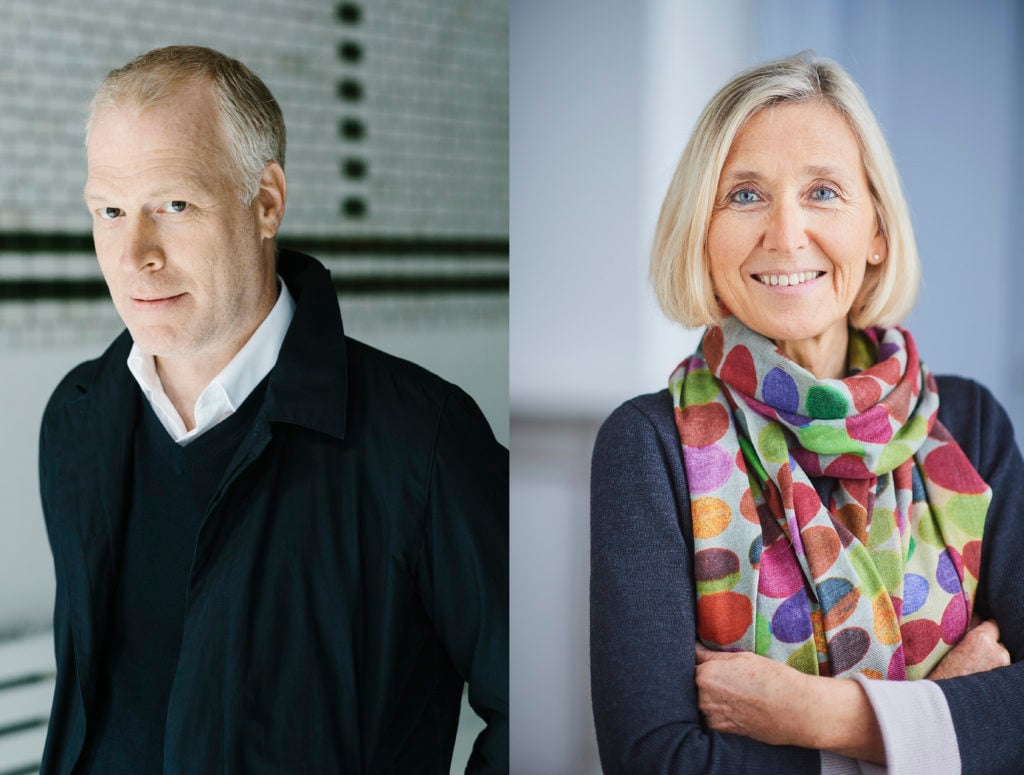
The fairs are on at the same time, but the cities are just an hour and a half apart by car. Why not do both?

Kate Brown &
Naomi Rea

It seems like a scheduling nightmare: This weekend, two of Europe’s veteran art fairs are opening their doors on the same day for the first time. But what at first appeared to be an unavoidable clash has evolved into an amicable cooperation.
Art Cologne’s director, Daniel Hug, and Art Brussels’s managing director, Anne Vierstraete, say the events will complement, rather than compete, with each other. It’s a viable plan: The cities are only an hour and a half apart by car, and many collectors from the region can (and do) generally attend both.
Art Cologne is the slightly older of the fairs. Founded in 1967, it was joined the following year by Art Brussels, which celebrates its 50th birthday this year. Both are supported by a loyal, enthusiastic, and overlapping collector base from the Rhineland/Benelux region (made up of Germany, Belgium, Luxembourg, and the Netherlands), which is home to many dedicated and deep-pocketed art lovers.
But while collectors can split their time between the two fairs, galleries have generally chosen to present at one or the other due to time and budgetary constraints. Just seven dealers, including Berlin’s Galerie Michael Janssen, London/Berlin’s BlainSouthern, and Hamburg’s Galerie Conradi, have elected to exhibit at both.
At a loss for how to fit it all in? We’ve compiled a handy guide to the highlights of this year’s Art Cologne and Art Brussels, plus a few unmissable shows and events, to help you make the most of a hectic weekend.
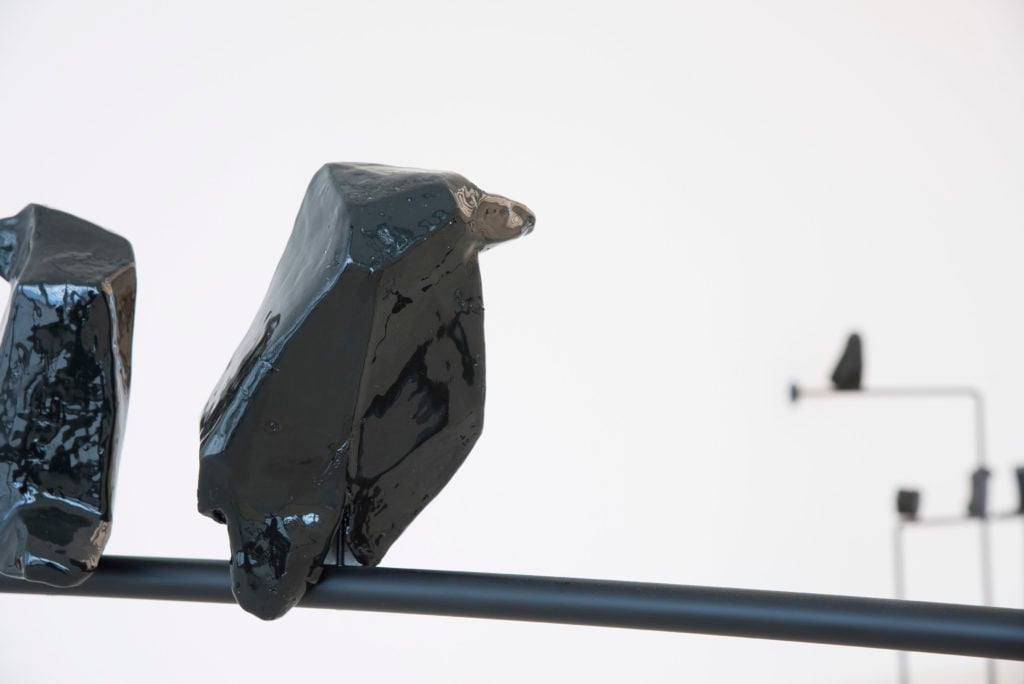
Judith Hopf’s Raven (2016), detail. On view at Art Cologne 2018. Courtesy the artist and Deborah Schamoni, Munich.
A Hip History in Brussels: If you’re looking for art by younger, up-and-coming artists, pay close attention to Art Brussels. The fair prides itself on ability to showcase young galleries, which it believes are the most reliable path to upstart emerging talent.
Belgian collectors feel the same way—and the country has a lot of them. The small nation boasts the highest number of collectors per capita in the world and they have a reputation for being risk-takers, often buying early in artists’ careers.
Watch Out for Wet Paint: The “Discovery” section in Art Brussels this year will host 33 exhibitors showing art produced between 2015 and 2018. Highlights include work by Virgil Abloh, the Ghanaian-American designer behind Off White—who has recently delved into the art world—at the Brussels gallery, Stems. Meanwhile, Colin Snapp and Emmanuel Van der Meulen will be showing at the booth of Parisian gallery, Allen, and Cape Town’s SMAC gallery will show Georgina Gratrix.
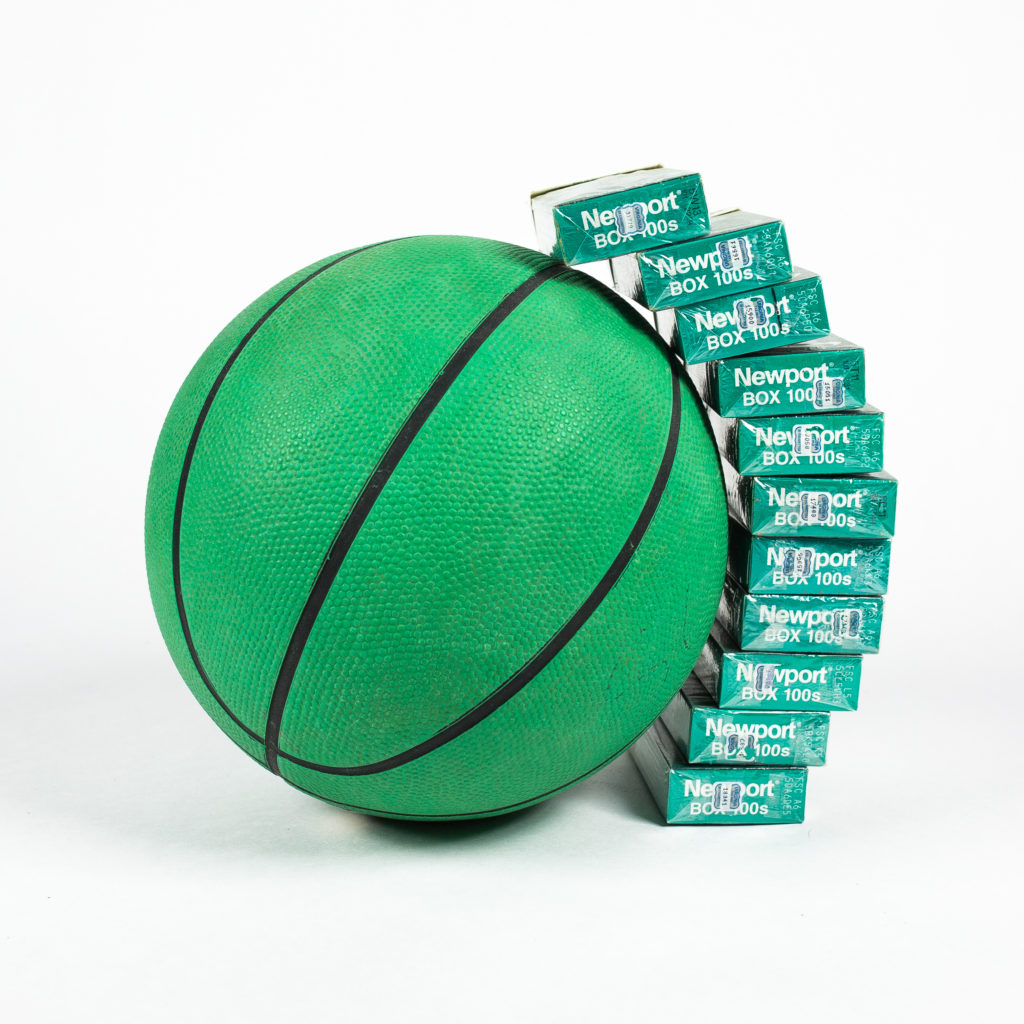
Tyrrell Winston, N-E-W (2017). Courtesy of the artist and Ed. Varie.
New Alongside Blue-Chip in Cologne: By contrast, Cologne tends to be weighted toward established artists. For example, last year David Zwirner (whose father co-founded the fair) sold a work by Yayoi Kusama for €350,000, while at Sprüth Magers, a work by Cindy Sherman went to a Cologne-based collection for $375,000. But Hug is vocal about the need to present wares by smaller outfits too, bringing back the “Neumarkt” section for emerging galleries and artists.
The Original “Emerging” Section: Indeed, those who think that sections dedicated to smaller dealers are a new innovation of mega-fairs should think again. Cologne pioneered a program in the 1980s called “New Positions,” which provides young galleries the opportunity to present a solo presentation of a young artist in a space adjacent to their main stands.
The galleries are given financial support by the federal government commissioner for culture and media, the federal state of North Rhine-Westphalia, the German association of galleries and art dealers, and Koelnmesse. This year, they have selected 21 participants, including Lutz Braun showing with Galerie Nagel Draxler, Martin Spengler with Galerie Thomas, and Igor Jesus showing with Galerie Filomena Soares.
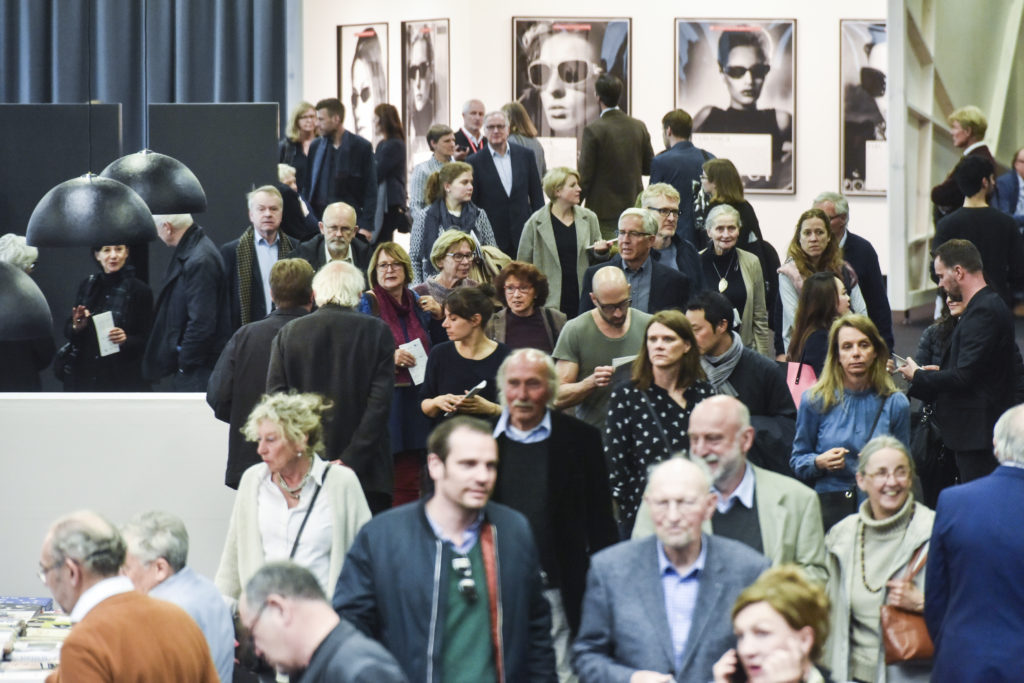
Art Cologne 2017. © Koelnmesse.
Making an Entrance: This year at Art Cologne, the German artist Zuzanna Czebatul was invited to take over the entrance to the fair hall. She has created a massive, psychedelic carpeted floor installation called Higher Than The Sun, which is inspired by optical casino carpets. Czebatul will also be showing work with Warsaw’s Piktogram.
Post-Lehmann Galleries: Meanwhile, another special section, “Collaborations,” this year features so-called post-Lehmann galleries founded after 2008 side-by-side with more established ones. London’s Project Native Informant, for example, will team up with young Cologne gallerist Max Mayer to present work by New York-based artist Melanie Gilligan.
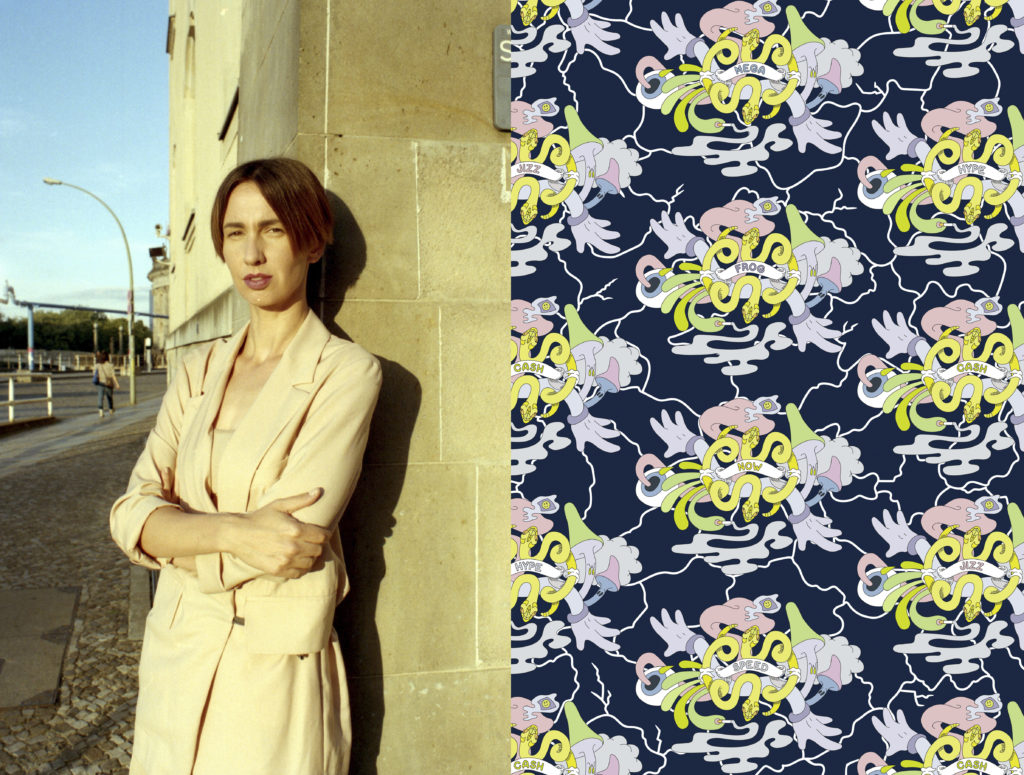
Portrait Zuzanna Czebatul, Copyrights/Fotograf: Søren Drastrup (left). Selection of Zuzanna Czebatul’s Higher Than The Sun, which will be installed in the entrance of Art Cologne. Courtesy the artist.
Spotlight on Film: Cologne will also offer a dedicated space for film, a thematic program introduced four years ago. This year, it delves into contemporary film works from Southeast Asia. On view throughout the week will be works by seven different artists from the Philippines, Singapore, Vietnam, Indonesia, and Taiwan. The Berlin/Singapore-based Ming Wong will be showing Next Year / L’Année Prochaine, a film in which the artist performs both the male and female roles.
Blast From the Recent Past: In its talks program, Art Cologne will explore the German city’s art scene during 1990s, after the fall of the Berlin Wall. In a talk on Sunday titled “25 Years Ago: the ‘Wild’ ’90s in Cologne,” speakers including gallerist Christian Nagel, curator Caroline Nathusius, and journalist Sabine Oelze will unpack the myths surrounding the city during that heady era. For a deeper dive, visit the themed booth organized by the Central Archive of the International Art Trade (ZADIK).
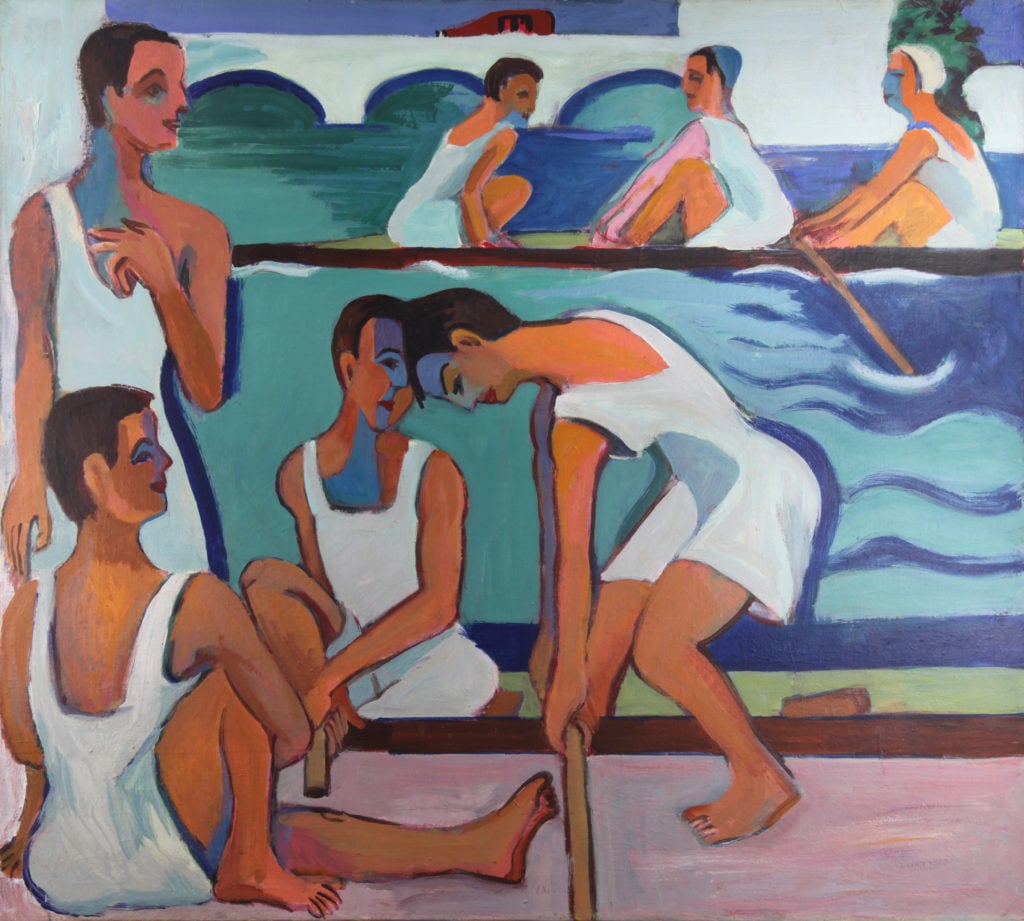
Ernst Ludwig Kirchner Ruderer (1928). On view at Art Cologne 2018. Courtesy Galerie Henze & Ketterer.
Hunting for Overlooked Talent: In 2016, Art Brussels debuted its “Rediscovery” section, which was organized by the curator Katerina Gregos and featured work by overlooked artists. It continues to feature a tight selection of works produced between 1917—the year Marcel Duchamp made his seminal Fountain—and 1987. This year, the section presents four projects, including Belgian artist Jacques Verduyn’s human-scale polychrome polyester models at Antoine Laurentin Gallery.
Flying Solo: Art Brussels’s 22 solo presentations will liven up the fair with a focus on performance. Hong Kong’s performance art veteran Frog King (Kwok Mang Ho) will paint visitors’ names or messages in his signature font at 10 Chancery Lane Gallery, while Alice Anderson will present a four-day performance at the stand of Belgian gallery La Patinoire Royale.
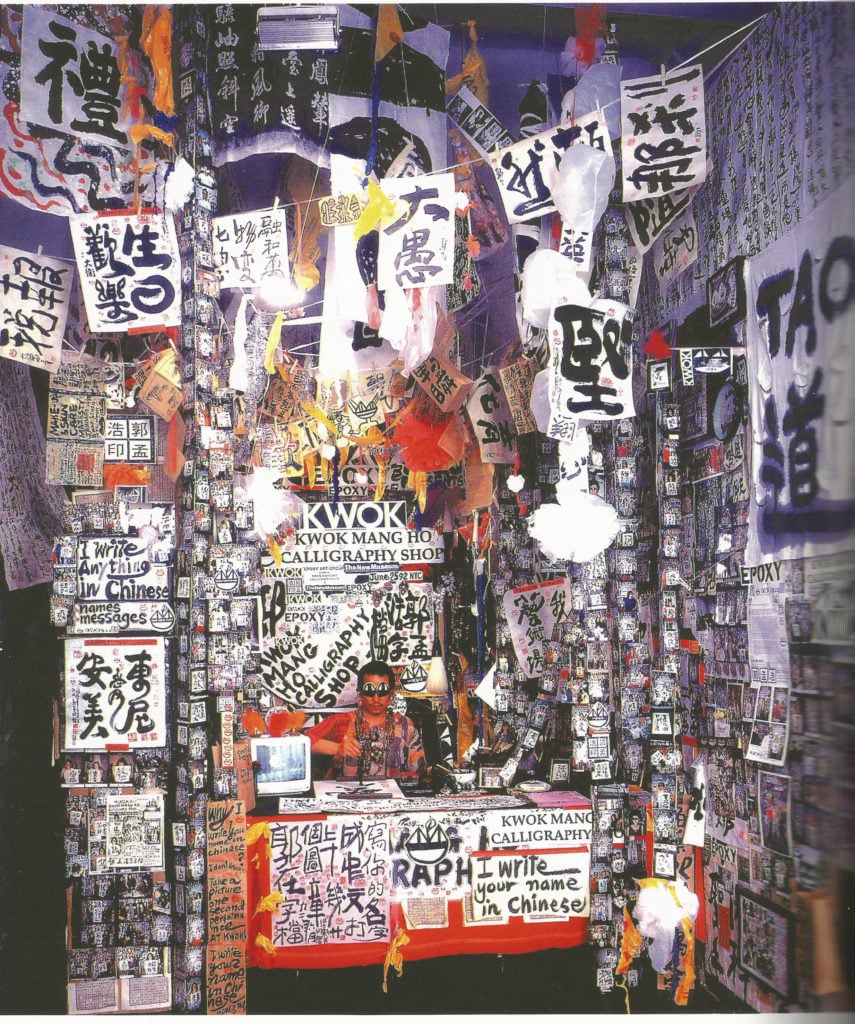
Frog King Kwok (Kwok Mang Ho), Frog King Kwok Calligraphy Shop (1992). On view at Art Brussels 2018. ©10 Chancery Lane Gallery
Beyond the Booths: Art Brussels will boast nine large-scale sculptures presented by participating galleries outside the fair’s entrance. Also not to miss is a special project inspired by the famous Ghent altarpiece and a screening of a film by the 2017 BelgianArtPrize winner Otobong Nkanga, In Pursuit of Bling.
The Talk of the Fair: Some of the art world’s biggest tastemakers—and lighting rods—will participate in the talks program, including London’s Serpentine Galleries artistic director Hans Ulrich Obrist and former director of Amsterdam’s Stedelijk Museum, Beatrix Ruf. Also on the agenda: collectors Patrizia Sandretto Re Rebaudengo and the Delfina Foundation’s Aaron Cézar. But if you miss Art Cologne, don’t worry: Talks will be streamed live to the the fair’s Facebook page.
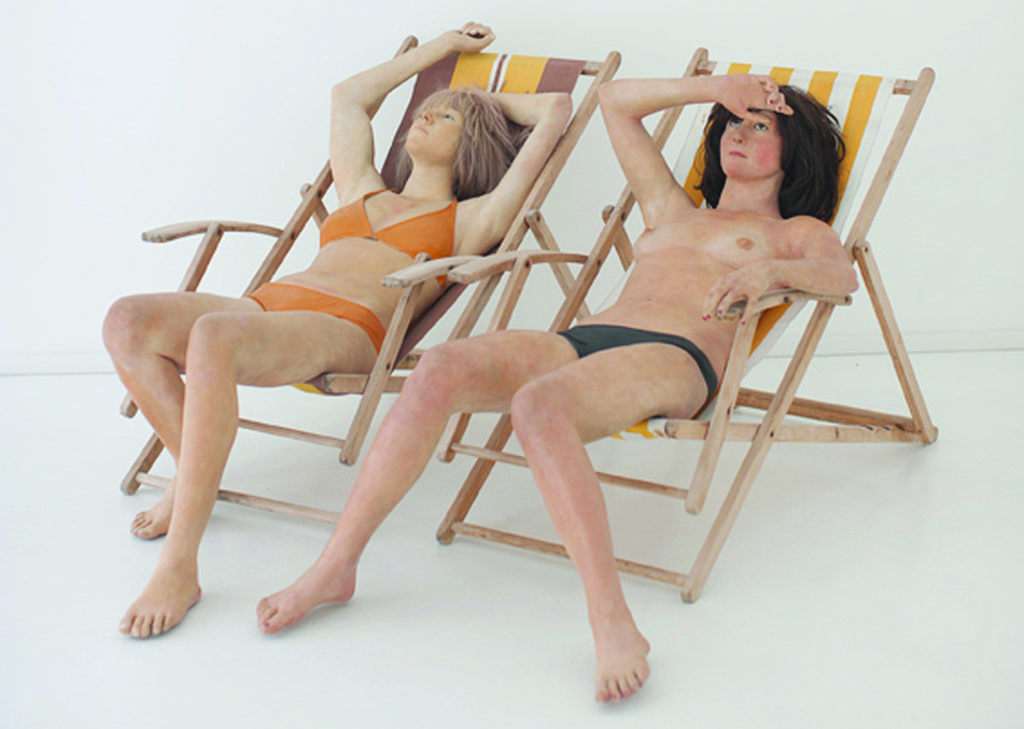
Jacques Verduyn, Pat and Veerle, (1974). On view at Art Brussels 2018. ©Antoine Laurentin Gallery.
Of course, there will be lots to see outside the confines of the fairs, too.
In the Galleries: Carve out time to see the solo exhibition of New Zealand artist Simon Denny at Cologne’s Galerie Buchholz and Galerie Nagel Draxler’s exhibition of work by American artist Egan Frantz.
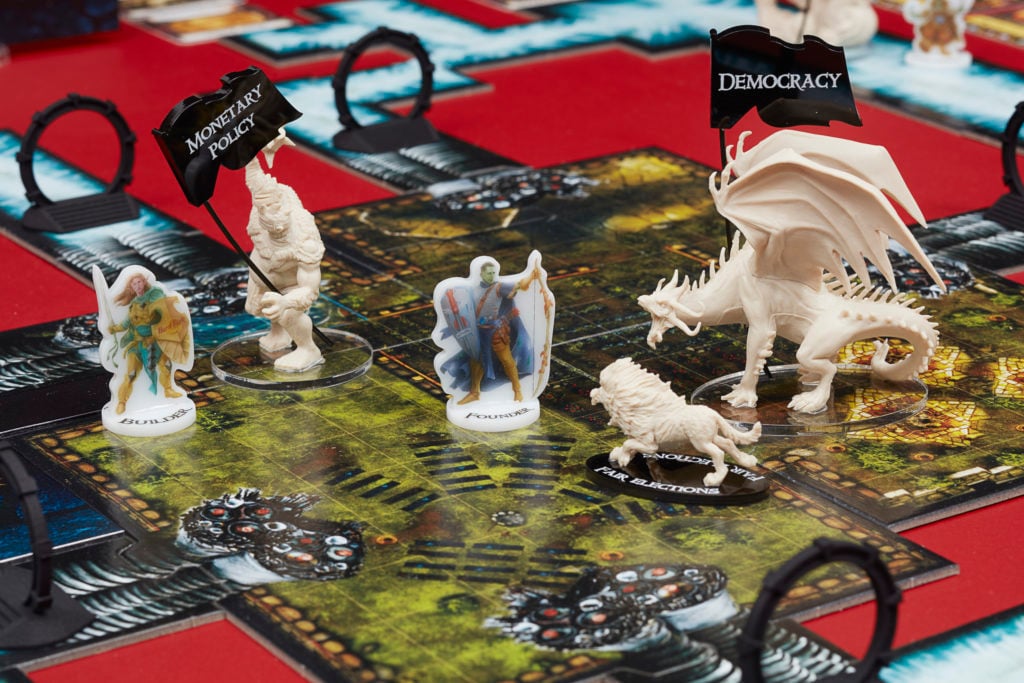
Detail of Simon Denny’s Ascent – Above the Nation State Board Game Display Prototype (2017). Courtesy of Michael Lett, Auckland.
In Museums: A solo show of 120 work by the South Korean artist Haegue Yang opens at the Ludwig Museum in Cologne on April 18. She is this year’s winner of the Ludwig’s €100,000 Wolfgang Hahn Prize prize.
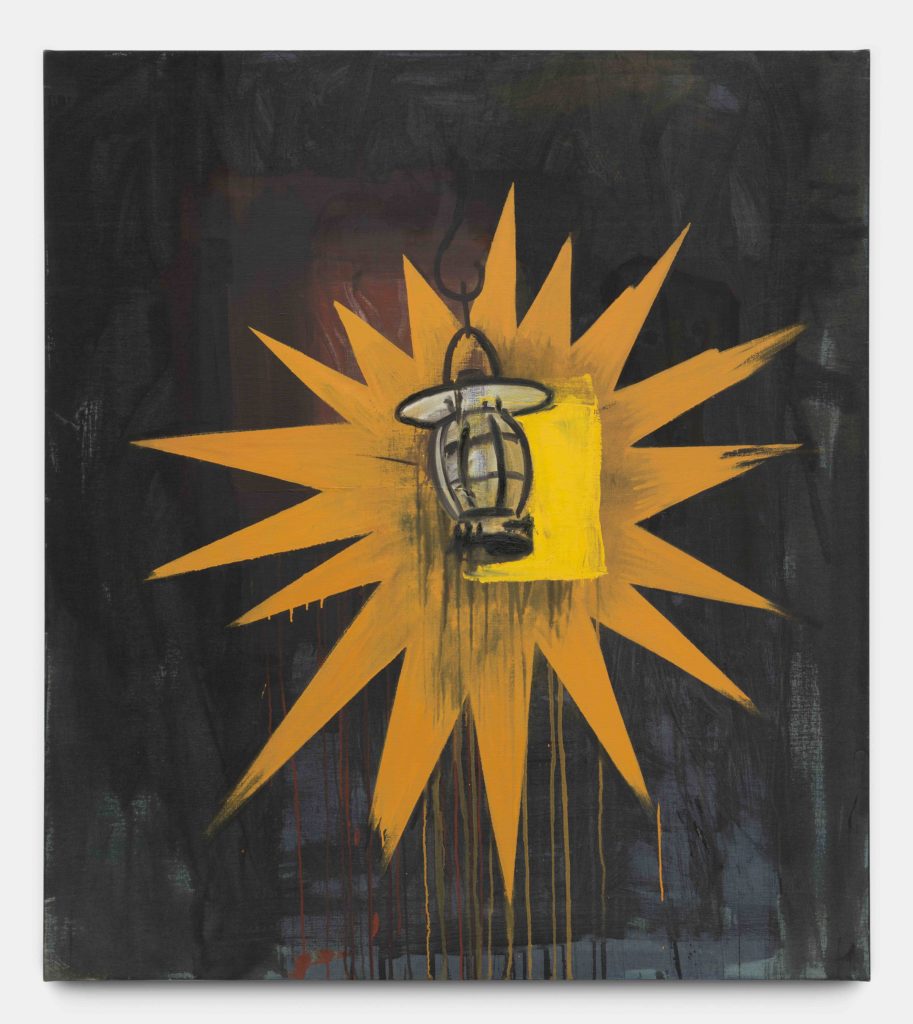
Walter Swennen, Untitled (John Flanders), 1989. On view at WIELS. Courtesy Xavier Hufkens. Photo: HV-studio.
Behind Closed Doors: While in Brussels, don’t just see what’s for sale—see what people have already bought. Many of the city’s private collections will be open for the fair’s Off Program. Meanwhile, the WIELS contemporary art center will host an exhibition called “Unexchangeable,” featuring top works made in the 1980s and ’90s drawn from 35 Belgian private collections.
Don’t Forget Your Phone: Elsewhere, there’s a Instagrammable joint exhibition of the Swedish urban artists Akay & Olabo at MIMA, Brussels’ Millennium Iconoclast Museum of Art. Meanwhile, American artist Kehinde Wiley is showing five stained glass works representing vulnerability in Christianity at Bozar. You can also sample the city’s vivid art scene during Gallery Night, when galleries all over the city will open late for visitors to the fair.
Art Cologne and Art Brussels run April 19 through 22 at the Koelnmesse GmbH in Cologne, Germany, and Tour & Taxis, Brussels, Belgium.